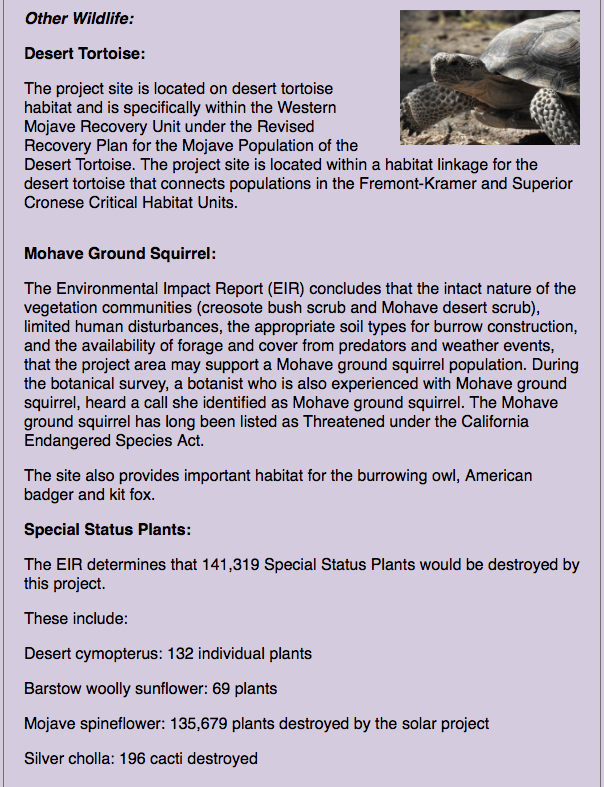Western Joshua Trees Destroyed for Solar Project Development?
October 10, 2021 - Mojave, CA - The destruction of high-value important West Mojave Desert lands, biodiverse regions, and areas with recreational value to local communities is ongoing and continuing, unfortunately. Much of this area is on private lands in Kern County, CA. Western Joshua trees were supposed to be protected as the California populations of this unique tree-yucca were voted to be conserved under the California Endangered Species Act until a final deicsion was made by state agencies (more >>here). Yet great investigative reporting by 23 ABC News out of Bakersfield CA uncovered Joshua trees ongoing bulldozing, possibly for solar projects. See: https://www.turnto23.com/news/23abc-in-depth/joshua-trees-found-cut-down-near-tehachapi?fbclid=IwAR24GTZt1l_DFjZlRWZxSpGAZ7w-FTXegCVZRMFDpt0gtg29HekBop3Nnlw

Giant old Western Joshua tree in a slatbush flat, in Kern County east of California City and south of Ridgecrest, California.
Oppose the Destructive Aratina Solar Project!
September 18, 2021 - Boron, Kern County, CA - An estimated 4,276 Western Joshua trees would be destroyed to construct the Aratina Solar Project proposed next to the desert community of Boron--actually surrounding this community. We thought that the Western Joshua tree was afforded a greater level of protection under the California Endanegered Species Act as the species is under review for listing after a petition for listing moved forward (more >>here). We thought environmental groups cared about environmental justice, social justice, and how energy projects impact communities. But if you live in the West Mojave, or anywhere in the Mojave Deserts of California and Nevada, in a rural community--forget it. These public lands, local economies, and amazingly biodiverse plant communities and wildlife habitats are slated to be sacrificed for global corporate energy profits. Unfortunately this project is moving forward.
The comment deadline was October 12, 2021.
Our alert below:

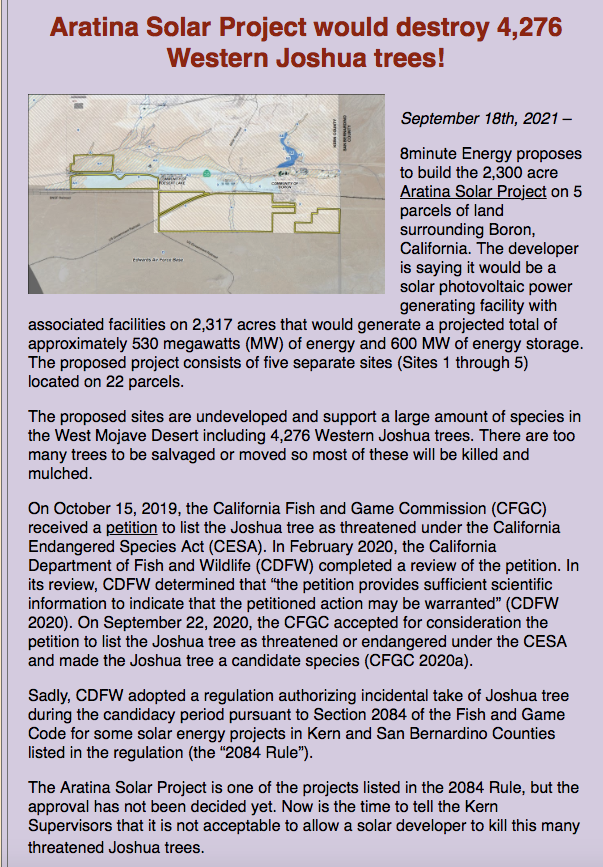

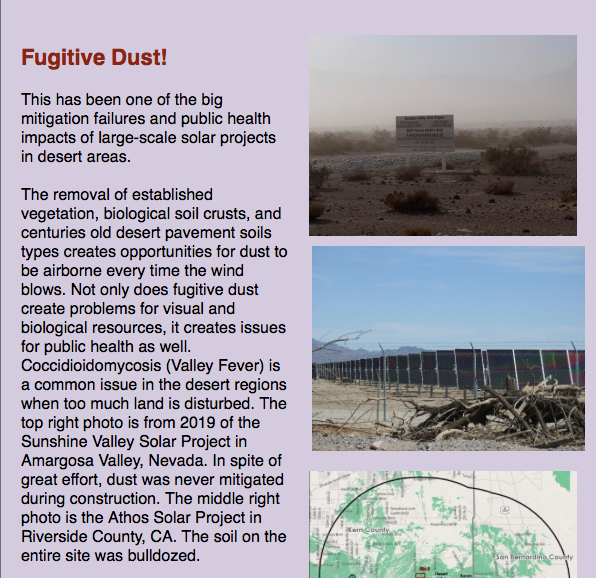
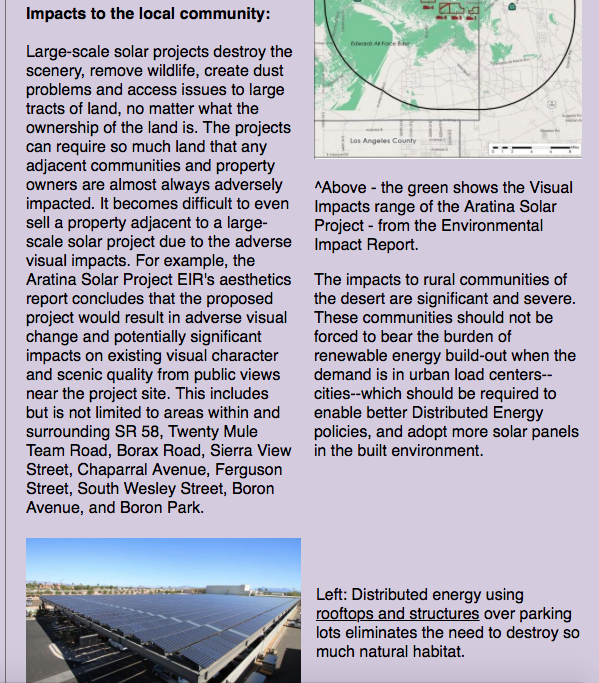
See: https://kernplanning.com/environmental-doc/aratina-solar-project/
The Environmental Impact Report: https://psbweb.co.kern.ca.us/UtilityPages/Planning/EIRS/aratina_solar/DEIR/Aratina%20Solar%20DEIR%20Vol%201%20Chapters%201-10.pdf
Sample Letter to Send to the Kern County Planning and Natural Resources Department
A public hearing will be held before the Kern County Board of Supervisors on September 28th at 2 p.m. at the Chambers of the Board of Supervisors, First Floor, Kern County Administrative Center, 1115 Truxtun Avenue, Bakersfield, California. Below is a sample letter you can copy and paste and send to Division Chief Katrina Slayton of the Kern County Planning and Natural Resources Department. It helps to add your own thoughts. Email to SlaytonK@kerncounty.com. You can also email all 5 of the Kern County Supervisors at District1@kerncounty.com, District2@kerncounty.com, District3@kerncounty.com, District4@kerncounty.com and District5@kerncounty.com.
Written comments can be sent to the Kern County Planning and Natural Resources Department, 2700 "M" Street, Suite 100, Bakersfield, California 93301
Dear Supervisors,
Please reject the application for the Aratina Solar Project located in Boron, California. The project would impact 2,317 acres or 3.6 square miles of undeveloped Mojave Desert habitat and be built too close to residential properties. The project would destroy over 4,200 Western Joshua trees that are now protected as a Threatened species under the California Endangered Species Act. The project would destroy over 140,000 protected Special Status Plants including many individual rare Barstow woolly sunflowers. The project will remove habitat for the Federally Threatened desert tortoise, the Mohave ground squirrel (listed as Endangered in California), the burrowing owl, the kit fox and American badger. The project would be so large and close to residential areas, the visual impacts could never be fully mitigated. Such huge impacts would diminish local property values and degrade the quality of life for residents. Construction would tear up stabilized soils and cause fugitive dust issues for years impacting local public health.
The county should reject this proposal in favor of installing solar energy on previously built areas such as rooftops and shade structures over parking lots.
Thank you
(Your name and info here)
The news coverage is here: https://www.turnto23.com/news/local-news/boron-community-members-concerned-solar-project-will-bring-health-environmental-issues?fbclid=IwAR2D-syAgG8Ad1HbOEmqLIp16QRdGtbhomb6chlg4fG2_AbKvUWJ_68QQ9M
West Mojave Hammered by Energy Development
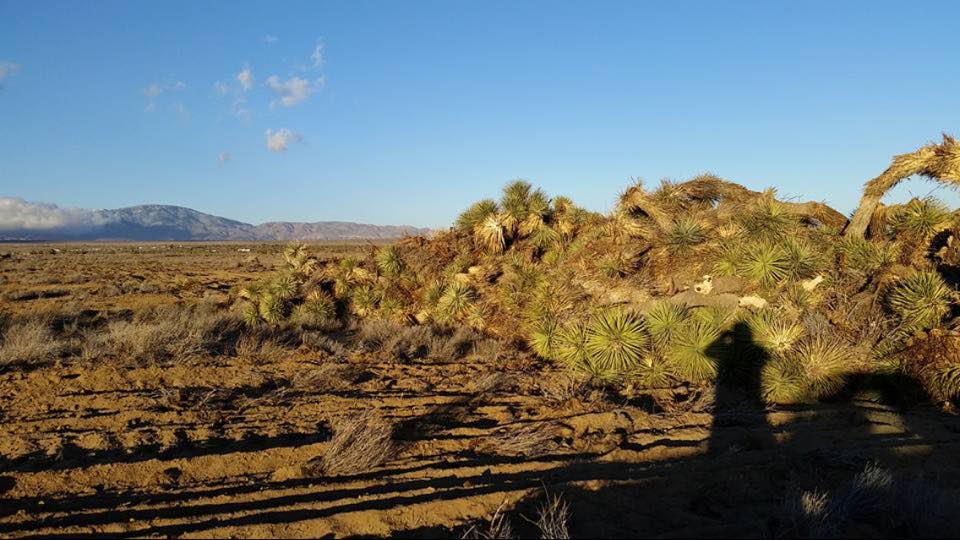
Piles of Joshua trees bulldozed for a utility-scale solar project.
June 8, 2016 - We believe this new solar project is called the Astoria Solar Project being built on about 2,000 acres of private land in the West Mojave Desert near Rosamond, California. Who needs biological diversity when you can bulldoze it all for a "green" solar project? This is the classic example of killing the planet to save it.
Kern County Solar Projects in West Mojave Desert Impact Tortoises
March 16, 2016 - There are many new solar projects popping up in the West Mojave Desert of California, and we are trying to follow them. While many are on previously graded land such as old agricultural areas, a great deal of them are blading undeveloped land. Kern County has a website of developments in renewable energy >>here. Desert tortoises used to be abundant here, but ever-increasing development and disturbance pressures have made the population in the west Mojave crash lately.

^160 acre Windhub solar project under construction on previously good desert tortoise habitat of creosote-bursage desert, on many years grown with wildflowers, was scraped for solar panels which we beleive should go on rooftops. The southern Sierra Nevada foothills are in the background. This area was previously undisturbed private land.

Distant view of the new Springbok I and II solar projects on private land, right on the boundary of the Desert Tortoise Research Natural Area. The West Mojave Desert is being fragmented by large-scale solar projects. Many are on private land. If the trend continues, wildlife linkage for the Desert Tortoise Research Natural Area will be compromised, as well as connectivity for Mojave ground squirrel. As local groups tell us, "the West Mojave, Antelope and Fremont Valleys are teaming with life."
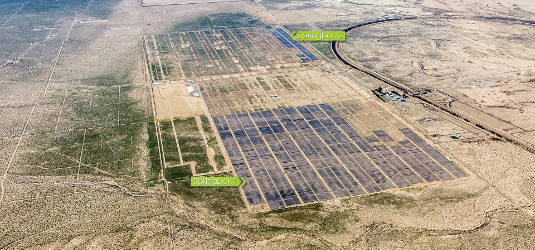
Springbok 2 solar project under construction, 191 MW. See more: http://www.pv-magazine.com/news/details/beitrag/construction-begins-on-the-191-mw-dc-springbok-2-solar-farm-in-southern-california_100023741/#axzz43A0Bd7bW
At the 2016 Desert Tortoise Symposium held in Las Vegas NV, representatives of the Desert Tortoise Preserve Committee commented on how more studies are needed on the impacts of large-scale solar and wind projects on desert tortoise, Mojave ground squireel, and desert ecosystems. Concerns with dust, noise, light, loss of habitat, and impacts to pollinators. They mentioned the new 240-acre solar project next to the DTNRA as a potential research topic.
From the Bureau of Land Management blog: "The BLM, with assistance from the Desert Tortoise Preserve Committee, established the Desert Tortoise Natural Area (DTNA) in 1976. this is a special place, a traditional home for a species now threatened with extinction. The DTNA is managed to protect this unique habitat in its natural state, free from conflict with other land uses. The total area encompasses over 25,000 acres of public land. Located in the western Mojave Desert in northeastern Kern County, the DTNA was designated an Area of Critical Environmental Concern (ACEC) in 1980 through the California Desert Conservation Area Plan. It has one of the highest known densities of desert tortoises per square mile in the species' geographic range (California, Utah, Nevada, Arizona and northwest Mexico). Tortoise populations are from 100 to 200 per square mine in some parts of the DTNA."
These are historic numbers. Lately the west Mojave tortoises population has experienced a crash.

Desert tortoise habitat along Neuralia Road in the 1990s. This area is becoming a de facto solar energy development zone now, but with little to no planning.
Solar Projects Destroy Joshua Trees

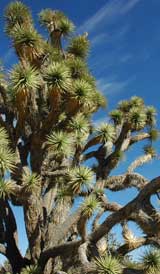
December 24, 2015 - Rosamond CA - Hundreds of Joshua trees (Yucca brevifolia) were chopped down and shredded to make room for utility-scale solar projects in the West Mojave Desert of Kern County CA.
Thanks to Randy Widmer for these heartbreaking photos of the Garland and Astoria Solar Projects built by Recurrent Energy and First Solar near Rosamond, California. Joshua trees, juniper and other plants are piled up and shredded. Solar panels will be placed here.
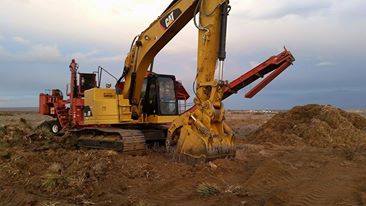



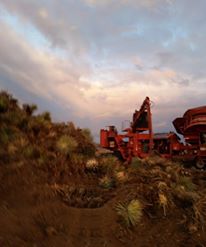
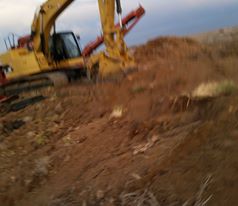
Copied below is the mitigation plan for removing hundreds of Joshua trees (and many other species) for the Garland and Astoria Solar Projects under construction in the undeveloped Mojave Desert around Rosamond, California. The projects are grading thousands of acres. Anyone who lives near these projects is getting surrounded. The projects are being built on private land, but were subject to an Environmental Impact Report from Kern County. Notice how they say some Joshua trees will be preserved.
From the Draft EIR: MM BIO 1.2: MITIGATION MEASURES FOR JOSHUA TREES
MM BIO 1.2-A: Reasonable efforts will be made to arrange arrays so as to avoid removing Joshua trees. The removal of Joshua trees shall be limited to those trees that are within the developable area of the project sites (inside the perimeter fence and along access roads) and trees that would reduce the electric output of the proposed project (i.e. trees that would cast shadows on the panels).
MM BIO 1.2-B: Prepare a Joshua Tree Impact and Mitigation Plan that details the Joshua trees / woodlands to be removed and mitigation measures to compensate for impacts. The plan shall outline a compensatory mitigation approach consisting either of preservation of trees on site, relocation of trees to an approved preserve,payment of an in-lieu fee or purchase of mitigation credit, or the purchase of preserved mitigation lands at a minimum 1:1 ratio of impacted Joshua tree
woodlands.
A 1:1 ratio per specimen tree is considered sufficient to reduce potential effects to less than significant because Joshua trees / woodlands are relatively abundant in the vicinity of the project sites and comprise one of the more common communities in the region (Davis et al. 1998). Equivalent habitat means the same general number of trees. Because mitigation lands to be preserved may contain a higher density of trees than that at the site,proportionately less acreage would be necessary to meet the mitigation requirement, and vice versa.
http://www.co.kern.ca.us/…/asto…/astoria_solar_deir_vol2.pdf

